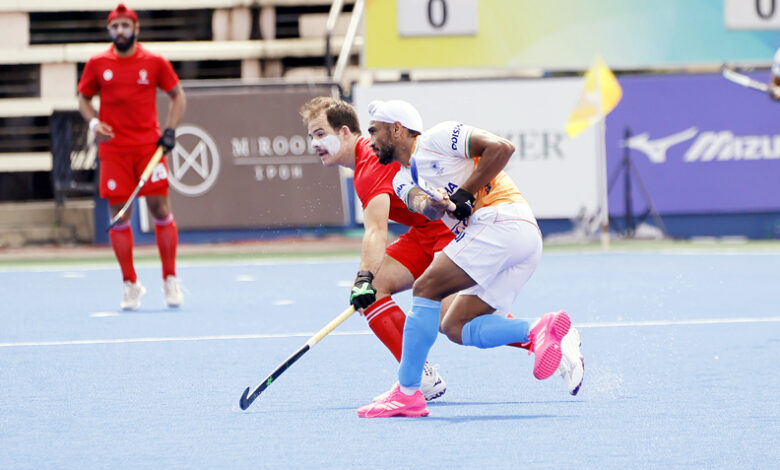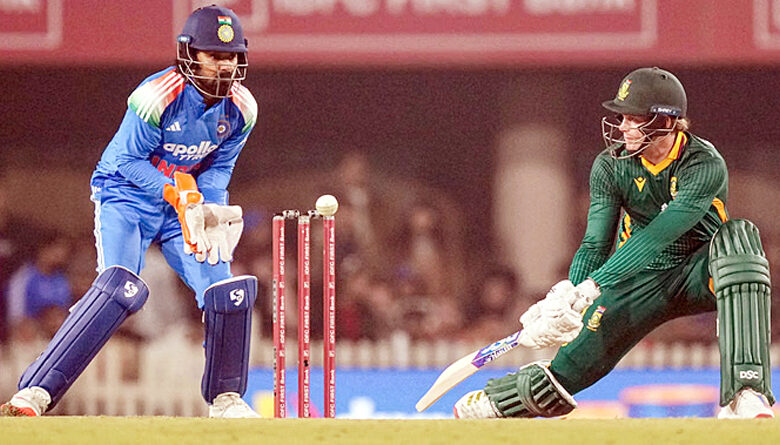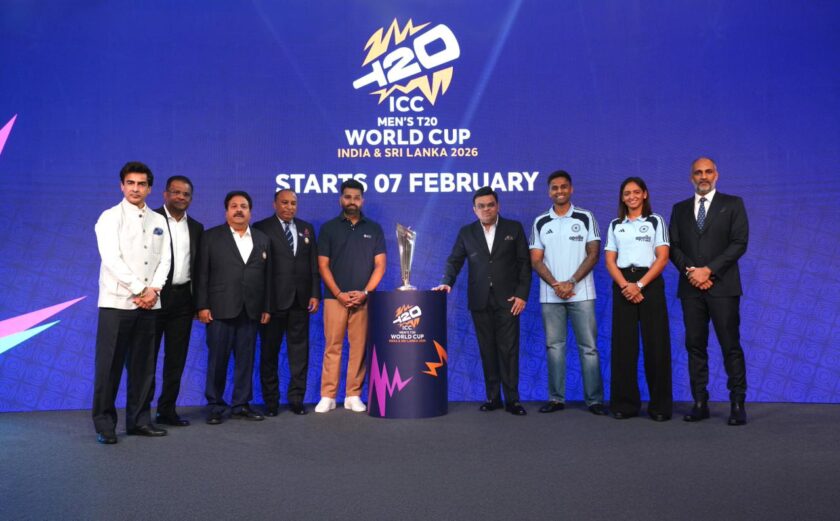Arijit Bose
Mumbai: In the annals of Indian sport, few narratives capture the essence of perseverance and transformation like the journey of women’s cricket. From dusty maidans where players shared bats and slept on dormitory floors, to the electric roar of packed stadiums during a World Cup final, Indian women’s cricket has ascended with breathtaking speed.
This meteoric rise culminated in November 2025, when Harmanpreet Kaur’s team stormed into the ICC Women’s ODI World Cup final at Mumbai’s DY Patil Stadium, poised to face South Africa for a shot at glory. It wasn’t just a sporting milestone; it was a testament to generations of unsung heroes who turned societal skepticism into national pride.
As Jemimah Rodrigues etched her name in history with a semifinal masterclass, the world witnessed the fruition of a 50-year odyssey—one that began in obscurity and now dazzles under floodlights. The story of this rise is intertwined with the Women’s World Cup, the pinnacle of the 50-over format. India has reached the final twice before, in 2005 and 2017, only to taste heartbreak. But 2025 feels different. With a blend of youthful flair and veteran resolve, the team has rewritten records, chasing down the impossible and silencing doubters. This is more than cricket; it’s a revolution that has empowered millions, proving that in a nation of 1.4 billion, women’s dreams can swing for the stars.
Humble Beginnings: Seeds of Defiance
The roots of Indian women’s cricket trace back to the 1970s, a time when the sport was a male bastion, and women daring to wield a bat risked ridicule. Cricket arrived in India via British colonizers in the 1700s, but it took nearly two centuries for women to claim it.
The Women’s Cricket Association of India (WCAI) was formed in 1973, led by visionaries like Shantha Rangaswamy, India’s first female cricketer to play both Test and ODI cricket. Rangaswamy, often called the “mother of Indian women’s cricket,” captained the side in its nascent days, facing not just opponents but indifference.
Early tours were ordeals. Nutan Gavaskar, another pioneer and former WCAI secretary, recalls teams sleeping in dormitories with four shared toilets among 20 players and cooking dal in plastic vessels over makeshift stoves. Funds were scarce; foreign trips meant begging sponsors or crashing with NRI families.
In 1978, India made its World Cup debut in England, finishing a respectable fourth, but the lack of recognition stung. Players like Diana Edulji bowled in borrowed kits, their passion fuelled by sheer grit rather than glamour.
Yet, these hardships forged steel. The 1980s and 1990s saw incremental progress, and when the BCCI finally took over administration in 2006, merging WCAI’s legacy into the mainstream, the seeds had already sprouted. Icons like Anjum Chopra and Neetu David emerged, but women’s cricket still stood in the shadows of its male counterpart.
As Rangaswamy reflected in 2025, “We laid the foundation with our sweat; today’s stars reap the harvest.” Those pioneers didn’t just play—they persisted, planting seeds in barren soil.
The Turning Point: Mithali’s Era and the Dawn of Recognition
The early 2000s marked a seismic shift, heralded by the quiet revolution of Mithali Raj. Debuting in 1999 at 16, Mithali became the team’s linchpin—her elegance at the crease masking a steely resolve. Under her captaincy from 2004, India began to taste global success.
The 2005 Women’s World Cup in South Africa was a revelation. Mithali’s 91 in the semifinal against England propelled India into their first-ever final. Though Australia crushed the dream, the run to the final electrified Indian audiences and ignited a new conversation.
By 2013, India were Asian champions, and the T20 era added new energy. The BCCI’s push for professionalisation—central contracts, dedicated coaching, and the launch of the Women’s IPL in 2018—changed everything. Salaries skyrocketed from ₹1 lakh annual retainers to multi-crore deals for marquee names.
Then came 2017—the watershed moment. The World Cup in England saw India, led by Mithali and powered by Harmanpreet Kaur’s unforgettable 171* against Australia, march to the final. Though they lost by nine runs to England, the team returned as heroes. Viewership soared, advertisers lined up, and for the first time, little girls across India began dreaming with a bat in hand.
By 2022, India had medalled at both the Asian and Commonwealth Games. Mithali retired with over 10,000 international runs, but her legacy—discipline, dignity, and belief—endures in every young player who steps onto the field.

The 2025 Odyssey: From Stumbles to Stardom
The 2025 Women’s ODI World Cup, co-hosted by India and Sri Lanka, was billed as the subcontinent’s statement of intent. Eight teams battled across venues from Chennai to Colombo, with India under immense home pressure.
Led by Harmanpreet Kaur, the squad fused experience and youth—Smriti Mandhana’s grace, Shafali Verma’s aggression, Deepti Sharma’s control, and Rodrigues’ flair. But the start was rocky: defeats to Australia, South Africa, and England exposed vulnerabilities. A rain-washed draw against New Zealand and a morale-boosting win over Pakistan revived belief, but qualification still hung by a thread.
Then came October 30, 2025—a night Mumbai will never forget. Facing defending champions Australia in the semifinal at DY Patil, India were chasing 339, a target once thought absurd.
After early setbacks, Jemimah Rodrigues—dropped earlier in the tournament—rose like destiny’s chosen. Her unbeaten 127 off 134 balls, stitched with elegance and audacity, guided India to a record five-wicket win. It was the highest chase in Women’s ODI World Cup history and the moment that erased decades of near-misses.
As Jemimah fell to her knees, tears mixing with the dew, the crowd of 30,000 roared in unison. “This,” said commentator Harsha Bhogle, “is not just a win—it’s an awakening.”
The Broader Impact: Empowering a Nation
India’s rise in women’s cricket is not merely about trophies; it’s a social revolution. Participation among girls has surged 40% since 2017. Nearly 50,000 young cricketers now train in academies nationwide, and state boards are investing in grassroots programs with unprecedented enthusiasm.
The Women’s Premier League has minted millionaires and drawn global stars, making India the heartbeat of women’s cricket. The BCCI’s equal-pay policy further cemented parity, offering women the same match fees as men—a symbolic and financial triumph.
The 2025 World Cup, generating an estimated $100 million in revenue, has also proven the sport’s economic clout. Tourism, broadcasting, and merchandise industries have flourished in tandem, underscoring cricket’s status as both cultural glue and commercial powerhouse.
More profoundly, these cricketers have become role models. From Punjab to Puducherry, girls no longer need permission to dream—they have proof. Harmanpreet Kaur, a police officer’s daughter, now leads a generation that knows no boundaries.
Destiny Awaits at DY Patil
As November 2, 2025, dawned, India stood on the cusp of history. Facing South Africa under the blazing lights of DY Patil—Jemimah’s home turf—the stakes were monumental.
Two finals lost, one destiny remaining. From Rangaswamy’s dormitory struggles to Rodrigues’ sublime redemption, this is not just a story of sport; it’s a chronicle of courage.
Win or lose, the journey itself is victory. Indian women’s cricket is no longer a whisper—it’s a roar that echoes across generations, carrying a nation’s daughters toward the sun.
In Harmanpreet’s words: “This is our time.”
And the world, finally, is watching.





